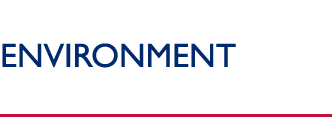Clean Energy Technology
  |
| 50 watt PV systems installed in homes in Brazilian village to provide lighting. |
Today, approximately 2 billion people in the developing world do not have access to electricity.
As they gain access, they will increase the developing world’s demand for energy, which is
already expected to more than double in the next 25 years (with the transportation sector accounting
for the fastest-growing share of total energy use). The production and use of energy have implications
for human populations and the environment at the local, regional, and global levels. The combustion of
fossil fuels produces carbon dioxide (CO2), the leading greenhouse gas (GHG). Other GHGs include nitrous
oxide and methane, a by-product of agricultural production and decomposing solid waste. These emissions
from human activities are contributing to recent observed changes in the climate system; the
international deployment of technologies that mitigate greenhouse gas emissions, reduce air pollution,
and enhance energy security in a context of economic growth is a central objective of U.S. climate and
development policies.
To learn more about Clean Energy Technology, click here.
Related Links and Documents
Disclaimer of Endorsement
The documents posted on this Web site may contain hypertext links or pointers to information created
and maintained by other public and private organizations, which do not necessarily reflect the views
of USAID.
Back to Top ^
|


